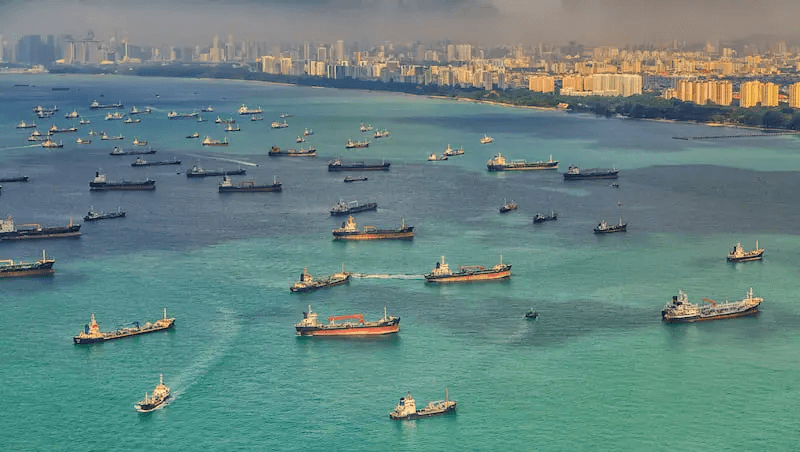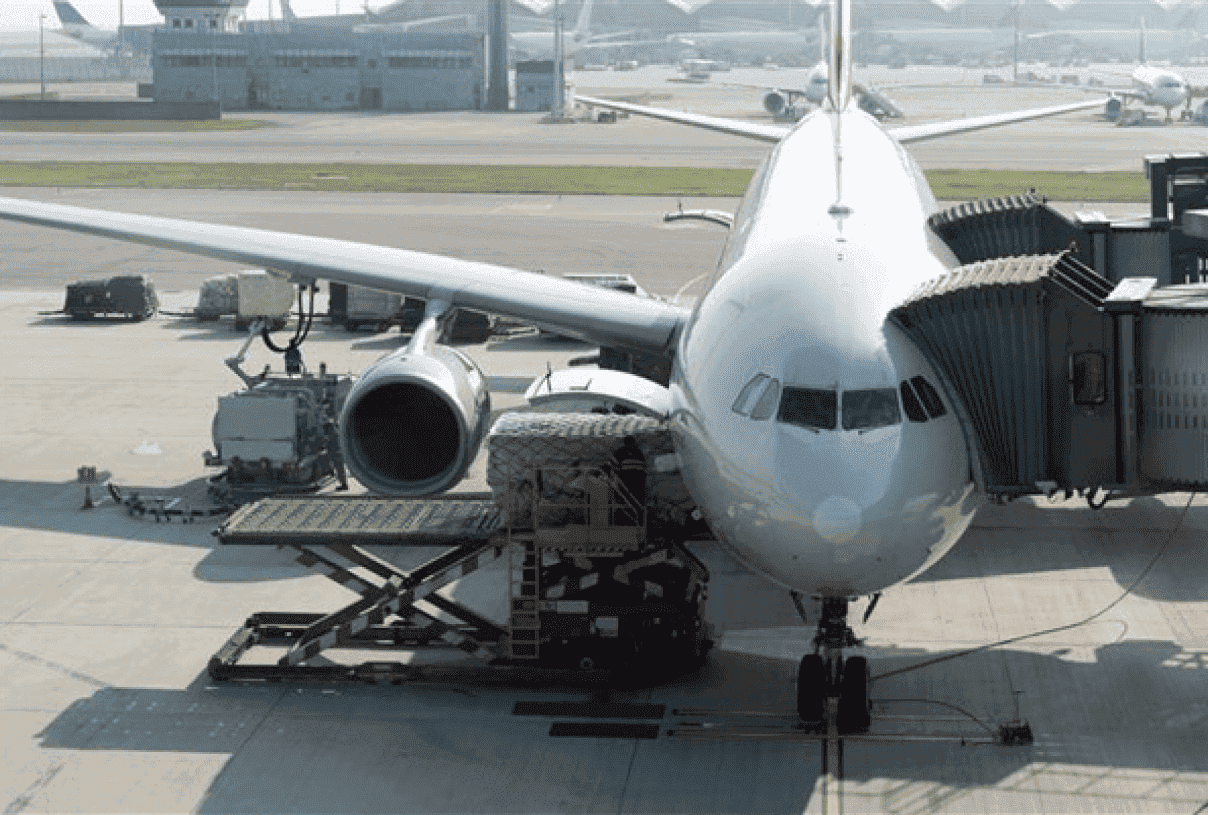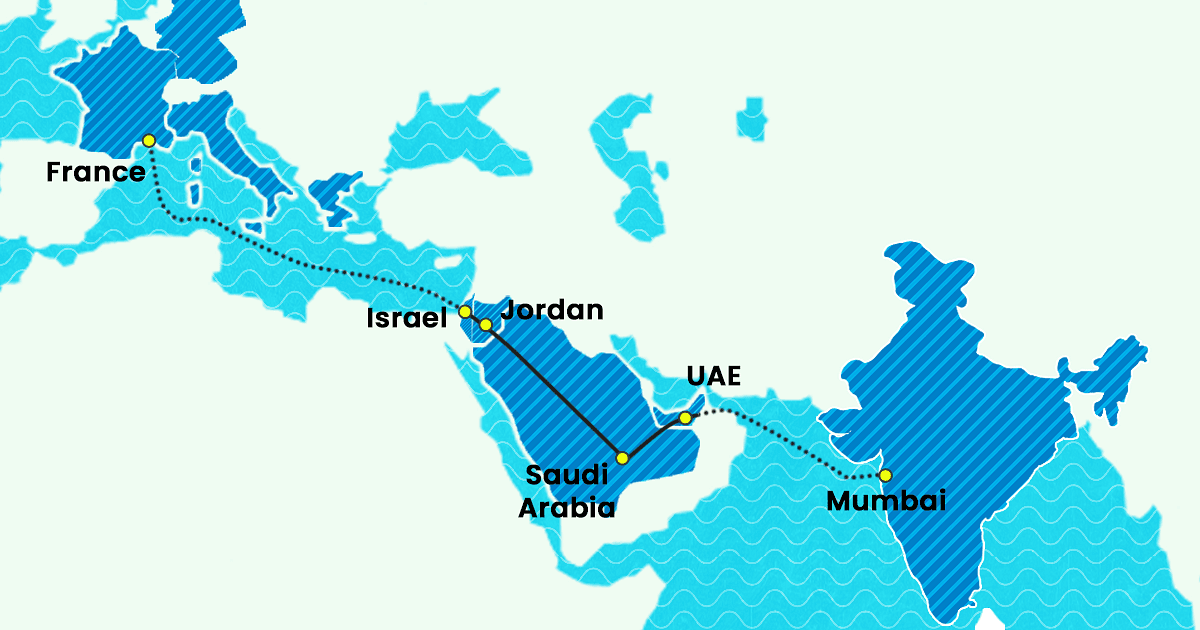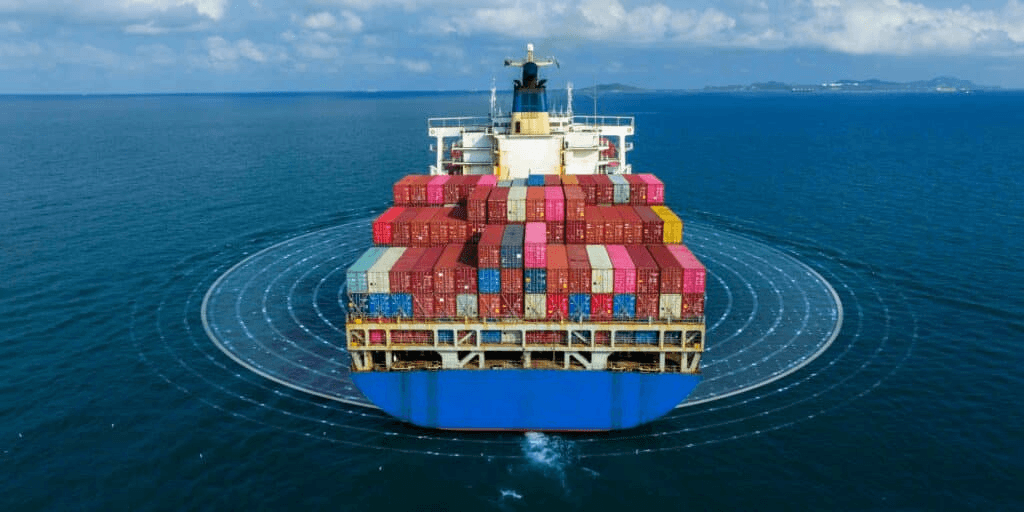
Industry News and Trends: What’s Shaping Global Logistics in 2025
Introduction: A Dynamic and Challenging Logistics Landscape
The global logistics industry is evolving at a fast pace, shaped by a mix of operational challenges, regulatory changes, and technological innovations. For businesses involved in international trade, understanding these trends is crucial for maintaining efficient, cost-effective, and resilient supply chains.
1. Port Congestion: A Widespread Challenge
Recent Developments:
Port congestion has escalated globally in 2025, with most major container ports experiencing operational disruptions. Delays at key hubs—such as Rotterdam, Singapore, Ningbo-Zhoushan, and Cape Town—have reached up to 10 days or more, far exceeding typical wait times. Only about 60% of ships worldwide are arriving on schedule, a significant drop from pre-2020 averages.
Impact on Clients:
- Increased Costs: Extended wait times and rerouting expenses drive up freight rates and storage fees.
- Unreliable Delivery Schedules: Unpredictable transit times make planning difficult, affecting inventory management and customer commitments.
- Operational Uncertainty: Businesses must adapt quickly to avoid supply chain bottlenecks and maintain service levels.

2. New Regulations: Stricter Standards and Greater Compliance
Recent Developments:
2025 brings stricter logistics regulations covering air, water, and land transport. Governments worldwide are tightening emission limits, safety standards, and documentation requirements. New freight classification systems and real-time tracking mandates are being implemented to improve accuracy and transparency.
Impact on Clients:
- Greater Compliance Burden: Shippers must ensure accurate documentation and product classification to avoid fines or delays.
- Increased Focus on Technology: Digital tools for tracking and compliance are becoming essential.
- Potential for Fewer Violations: Automated processes and digital documentation can streamline operations and reduce errors.

3. Emerging Trade Routes: Diversification and Resilience
Recent Developments:
Geopolitical tensions, environmental risks, and supply chain disruptions are prompting businesses to diversify their trade routes. The Indo-Mediterranean Corridor—including initiatives like the India-Middle East-Europe Economic Corridor (IMEC)—is gaining traction as a faster, more sustainable alternative to traditional routes.
Impact on Clients:
- New Market Opportunities: Diversified routes open access to emerging markets and reduce reliance on single corridors.
- Improved Resilience: Alternative routes provide a buffer against disruptions, ensuring more reliable supply chains.
- Strategic Flexibility: Businesses can adapt quickly to changing geopolitical or environmental conditions.

4. Technological Advancements: Automation, AI, and Digital Transformation
Recent Developments:
Technology is revolutionizing logistics. Automation, artificial intelligence (AI), and digital freight platforms are increasing efficiency, transparency, and reliability. Real-time data, predictive analytics, and automated documentation are becoming standard tools for managing complex supply chains.
Impact on Clients:
- Enhanced Visibility: Real-time tracking and data analytics provide greater insight into shipment status and performance.
- Lower Costs: Automation reduces errors and streamlines operations, cutting costs and improving efficiency.
- Faster Response Times: Digital tools enable quick adjustments to changing conditions, minimizing disruptions.

5. Sustainability: The Push for Greener Logistics
Recent Developments:
Sustainability is a top priority for the logistics industry. Companies are adopting eco-friendly practices, such as electric vehicles, alternative fuels, and sustainable packaging, to reduce their environmental impact.
Impact on Clients:
- Regulatory Compliance: Stricter environmental standards require greener logistics solutions.
- Brand Reputation: Sustainable practices enhance your company’s image and appeal to eco-conscious customers.
- Long-Term Cost Savings: Energy-efficient operations and reduced waste can lower overall logistics costs.

Conclusion: Navigating the Future of Logistics
The global logistics landscape is evolving rapidly, shaped by port congestion, new regulations, emerging trade routes, and technological innovation. These trends present both challenges and opportunities for businesses of all sizes. Staying informed and adaptable is key to maintaining efficient, resilient, and sustainable supply chains in 2025 and beyond.
